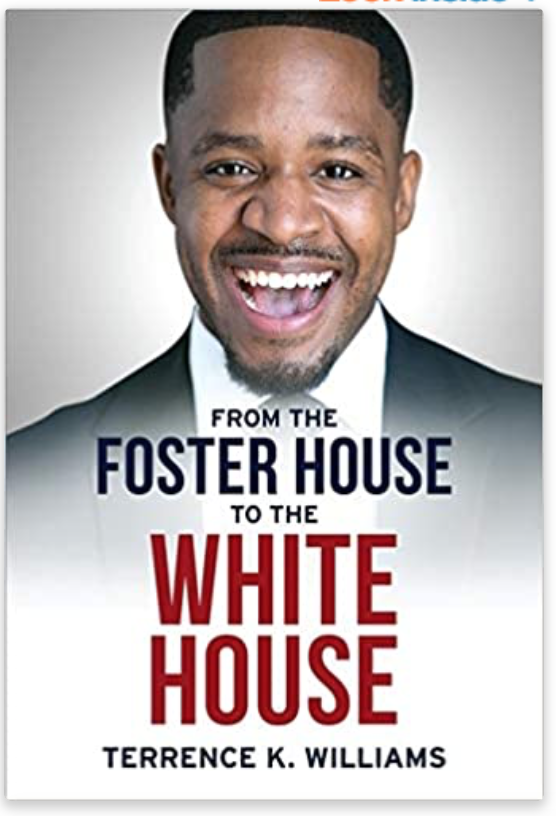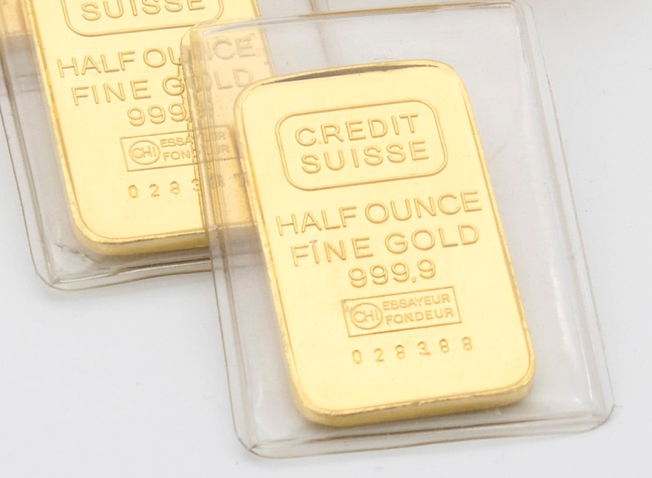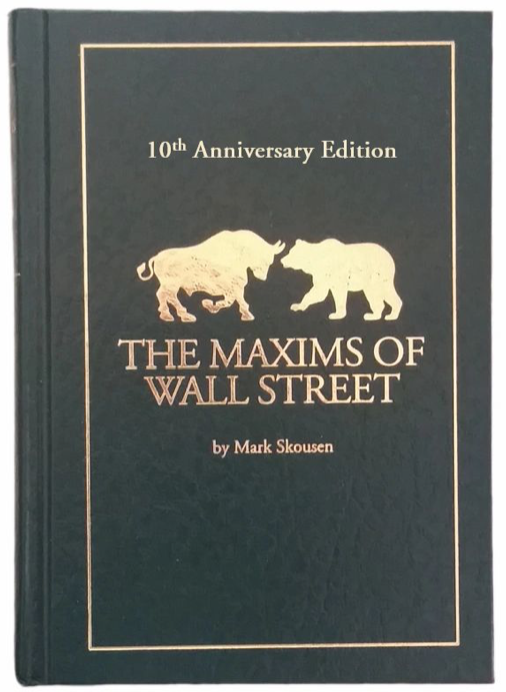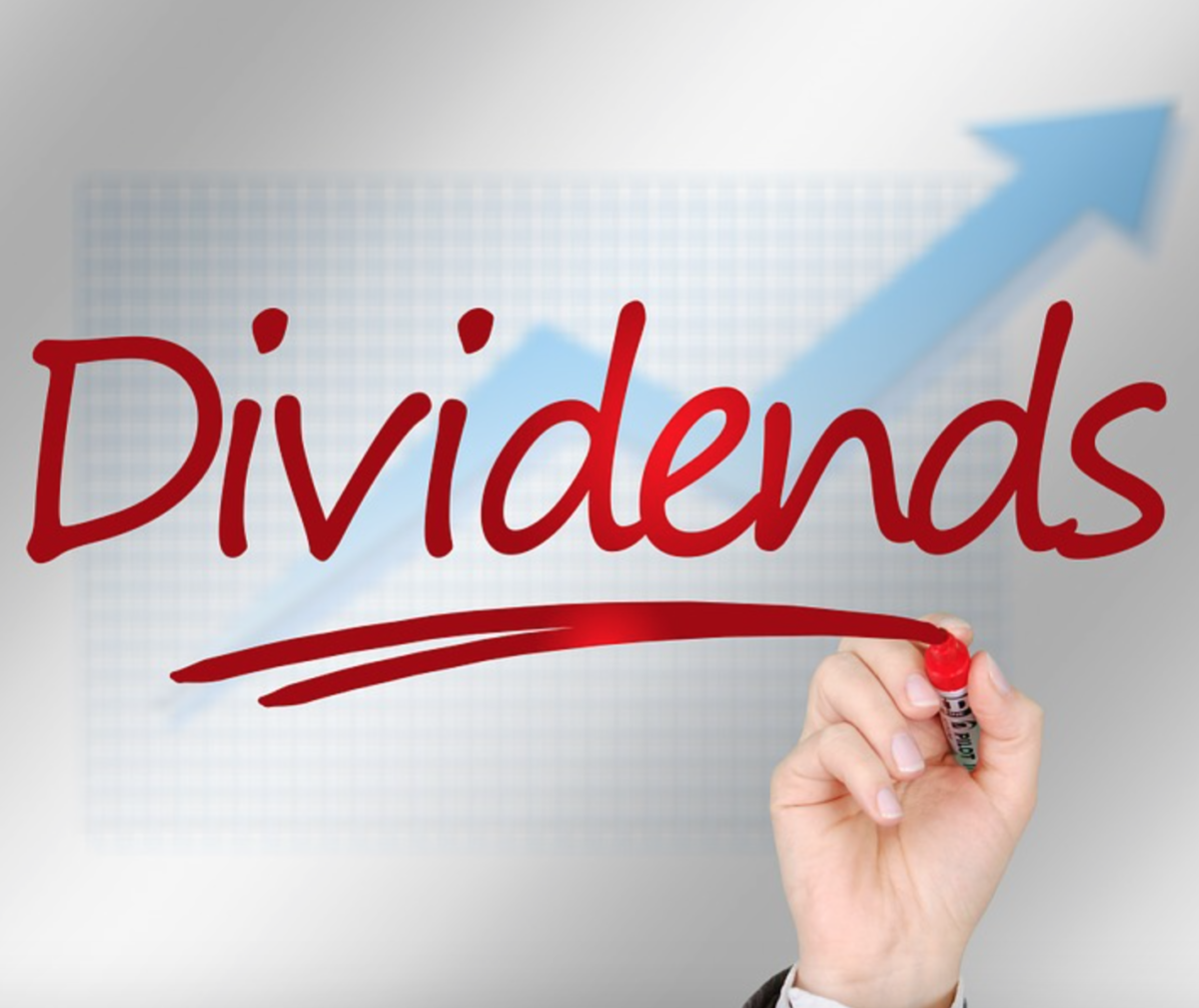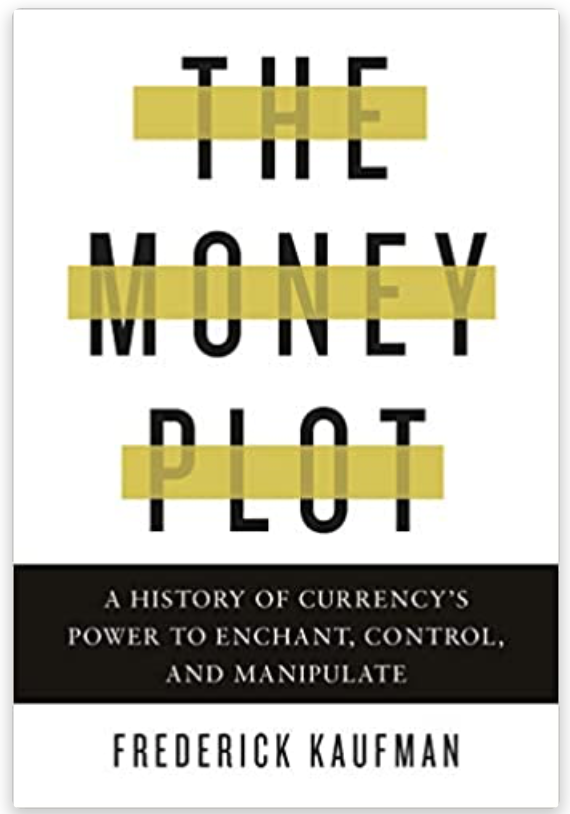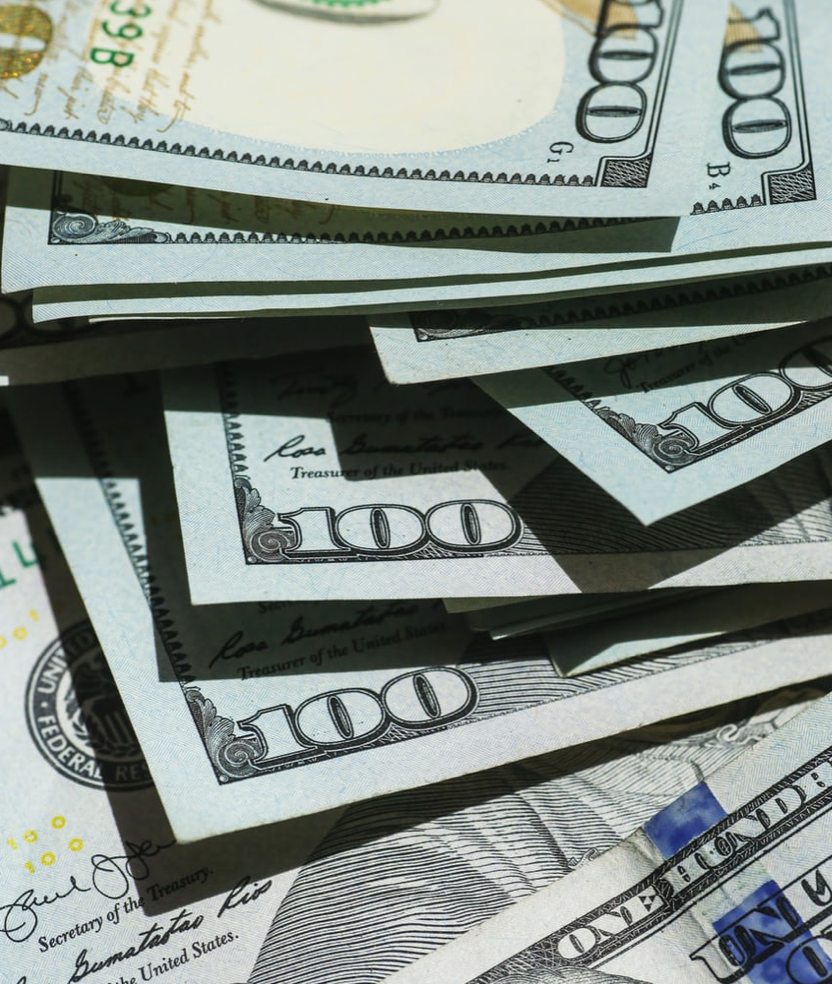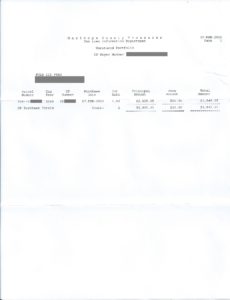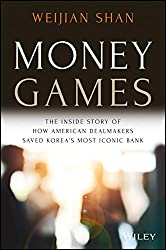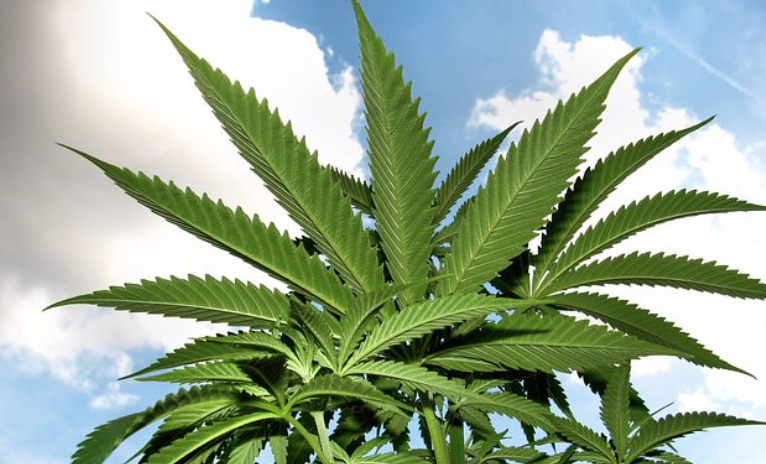by Fred Fuld III
We are getting close to a new year, a time when any people establish a resolution to improve their health. Who doesn’t want to live longer and healthier? The wealthy are certainly on board. Paul Allen, co-founder of Microsoft (MSFT) created the Allen Institute for Cell Science to develop treatments for diseases related to aging. Peter Thiel, PayPal (PYPL) co-founder, has donated money to the SENS Research Foundation, a longevity organization. Adam Neumann, the CEO of WeWork, has invested in the anti-aging company Life Biosciences.
There are several companies working on helping you achieve a greater longevity, which are involved in targeting human aging and degenerative diseases. Here are several that are close to longevity pure plays.
Lineage Cell Therapeutics, Inc. (LCTX) develops and markets therapies for the treatment of Various degenerative diseases including age-related macular degeneration, acute spinal cord injuries, non-small cell lung cancer, and various other diseases and disorders. The stock has a market cap of $262 million and has been generating negative earnings. It has $30.7 million in total cash and $3.9 million in long term debt.
Unity Biotechnology, Inc. (UBX), is a biotechnology company involved in the research and development of therapeutics to extend human life and health. The company’s lead drug candidates include treatments for musculoskeletal/ osteoarthritis disease, moderate-to-severe osteoarthritis of the knee, diabetic macular edema, and ophthalmologic diseases. The stock has a market cap of $327 million and has been generating negative earnings. It has $1277 million in total cash and $13 million in long term deferred liabilities.
Cohbar (CWBR) is a clinical stage biotechnology company which concentrates on the research and development of mitochondria based therapeutics, an emerging class of drugs for the treatment of chronic and age-related diseases. CohBars therapeutics offer the potential to treat a broad range of diseases, including nonalcoholic steatohepatitis, obesity, fibrotic diseases, cancer, acute respiratory distress syndrome, type 2 diabetes, and cardiovascular and neurodegenerative diseases. The company is even in a pre-clinical program for COVID-19 associated ARDS. This Menlo Park, California based company was founded in 2007. The stock has a market cap of $74 million and has been generating negative earnings. It has $12 million in total cash and long term debt of $3 million.
AgeX Therapeutics, Inc. (AGE) is an Alameda, California based biotechnology company founded in 2017, with a great stock ticker symbol.The company develops and commercializes novel therapeutics targeting human aging. The company’s two major proprietary technologies are PureStem® and induced Tissue Regeneration (iTR™). PureStem® can generate pluripotent stem cell-derived young cells of any type for potential application in a range of degenerative diseases of aging with a high unmet medical need. iTR™ is the company’s longevity platform with a goal of unlocking cellular immortality and regenerative capacity to reverse age-related changes in the body. The stock has a market cap of $64 million and has been generating negative earnings. It has $2 million in total cash and $1.5 million in long term debt.
Adicet Bio, Inc. (ACET), has merged with resTORbio, Inc., a Boston, Massachusetts based company founded in 2016, which is involved in developing innovative medicines that target aging to prevent or treat aging-related diseases. The company’s lead clinical program is selectively targeting TORC1, an evolutionarily conserved pathway that contributes to the age-related decline in function of multiple organ systems, including neurologic function. Adicet Bio develops allogeneic gamma delta T cell therapies for cancer and other diseases. The stock has a market cap of $247 million and has been generating negative earnings. It has $5.49 cash per share and no long term debt.
If you are looking for a more diversified way of investing in this arena, there is the Global X Longevity Thematic ETF (LNGR), an exchange traded fund with investments in companies that facilitate the trend of longer average life spans and the aging of the population.
There is also the ARK Genomic Revolution ETF (ARKG), which invests in companies involved in genomics.
Please be aware that the mentioned stocks are extremely low cap stocks and should be considered very speculative.
Disclosure: Author didn’t own any of the above at the time the article was written.


